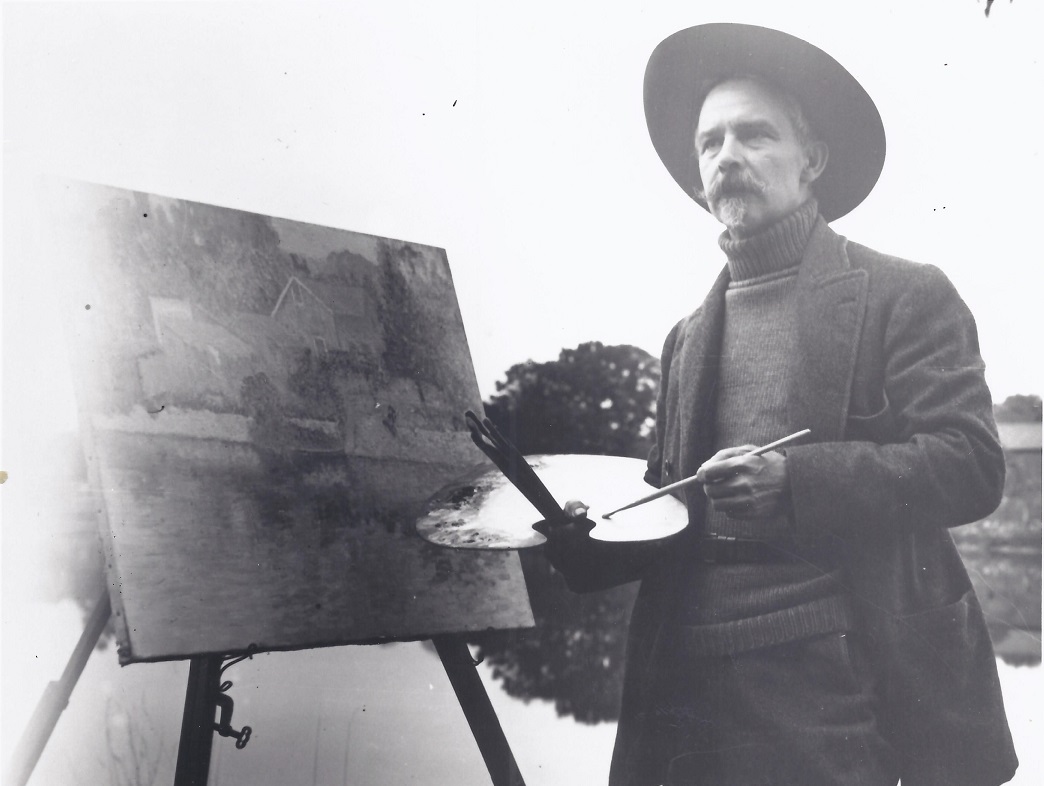
Henry Fitch Taylor Pioneer in American Modernism
American painter, sculptor, and arts impresario

H. F. Taylor. probably in Cos Cob, CT, ca 1910
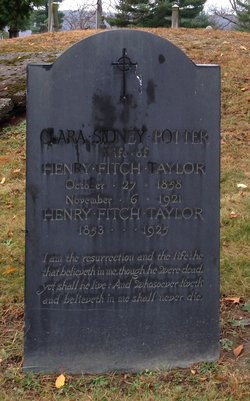
Burial site found at last! Poughkeepsie, NY!
After an exhaustive search, thank you Find-a-Grave!
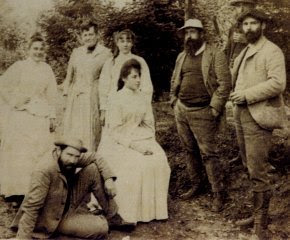
The Claude Monet family, with Taylor at far right
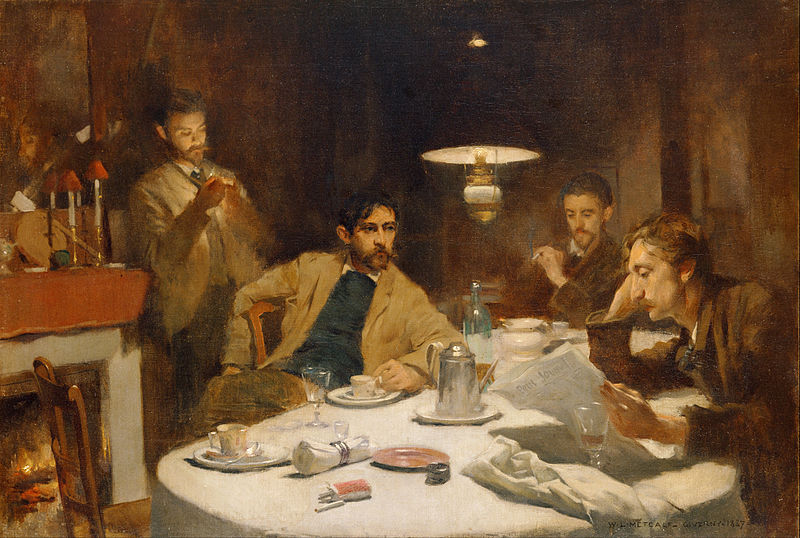
The Ten-Cent Breakfast, 1887, Willard Metcalf
Taylor is the figure leaning against the left wall
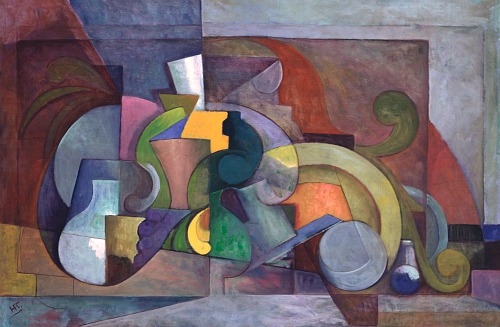
Untitled Musical Abstraction, ca. 1910s Chrysler Museum
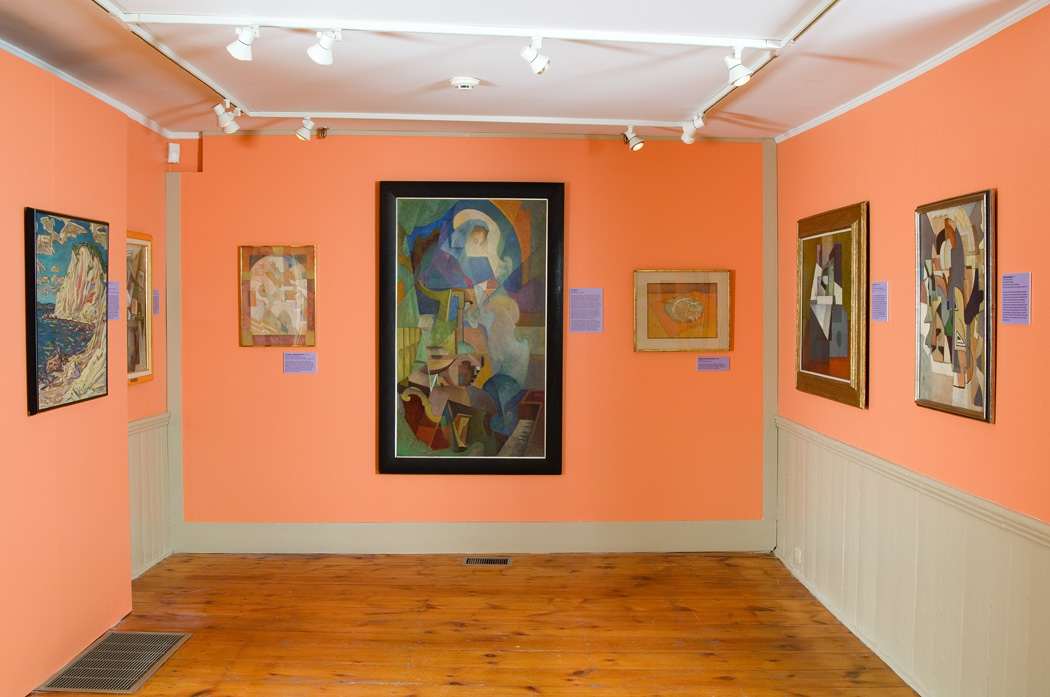
Installation shots of 2005 exhibition, Greenwich Historical Society

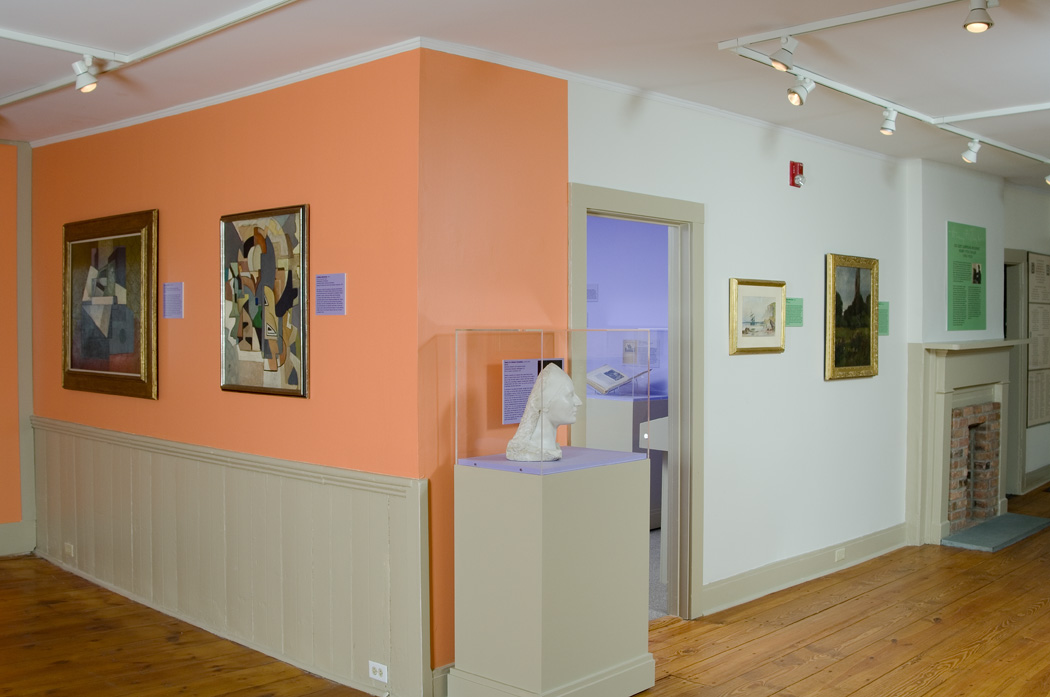
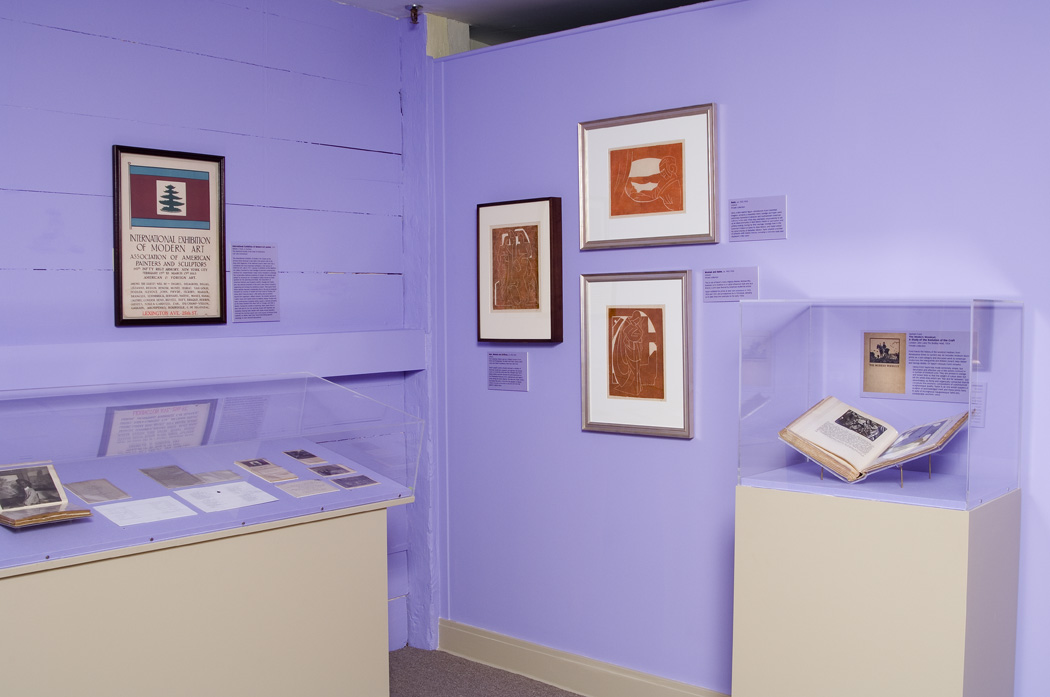
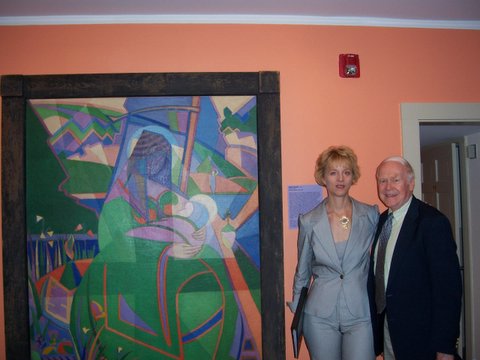
Guest curator with fellow scholar and colleague
Henry Fitch Taylor was one of the most elusive yet fascinating American artists of the late 19th and early 20th centuries. Starting his career as a highly successful supporting actor under the country's leading comedic actor-manager, Joseph Jefferson, Taylor became inspired by Jefferson's love for painting and art collecting to transition to a career in fine art, which he probably began in the late 1870s. By 1884 he had travelled to Paris, enrolling at the famous Académie Julian, spending summers painting the rural countryside. By 1887, he had discovered Giverny, where the French Impressionist painter Claude Monet was in residence. Although adamant that he would not take on students, Monet grew to like Taylor, and allowed him to follow around as he went about his daily outdoor painting rounds. His boon companions included the far more famous (to posterity) American artists Theodore Robinson, John Henry Twachtman, John Leslie Breck, and Willard Metcalf--and in fact I believe that Taylor is the as-yet unidentified artist standing at the left, in the iconic painting showing the American expatriates, The Ten-Cent Breakfast (Willard Metcalf, 1887, Denver Art Museum). Returning to the States in 1888, Taylor exhibited landscape paintings in New York City that showed the influence of French Barbizon and Impressionist styles. A second period in his career followed from 1909-1912, after a major gap in our knowledge of his life during the late 1890s and early 1900s, when he managed the Madison Art Gallery for the well-connected and affluent art patroness and interior decorator, Clara Potter Davidge (1858-1921). It was at the gallery, which focused on showing art by progressive American artists associated with either Impressionsim or the Ash Can group affiliated with Robert Henri, that the initial meetings took place that led to the formation of the Association of American Painters & Sculptors, which in February 1913 unveiled the pivotal International Exhibition of Modern Art, better known as the Armory Show. Taylor, although not in the front ranks, played a key role in organizing and fundraising for the show, ably assisted by Clara Davidge, who became his wife in the autumn of 1913. Around this time, Taylor's pleasant landscapes made an abrupt transition to abstraction, probably informed by the modernist European sculptures and paintings that were the key feature of the Armory Show. Taylor was by far the oldest American artist to reach out and eagerly experiment with the "New Spirit," as it was called. For the few years that remained to him he steadfastly adhered to a modernist style of painting, sculpture, and printmaking informed by Cubism, Futurism, and Orphism, exhibiting at a range of venues across the country, usually side by side with far younger artist-experimenters including William and Marguerite Zorach, Stuart Davis, and Maurice and Charles Prendergast. For images and more information on Taylor, see my various publications, including a doctoral dissertation (University of Delaware, 1999), a couple of articles, and an exhibition catalogue (Greenwich Historical Society, 2005)
